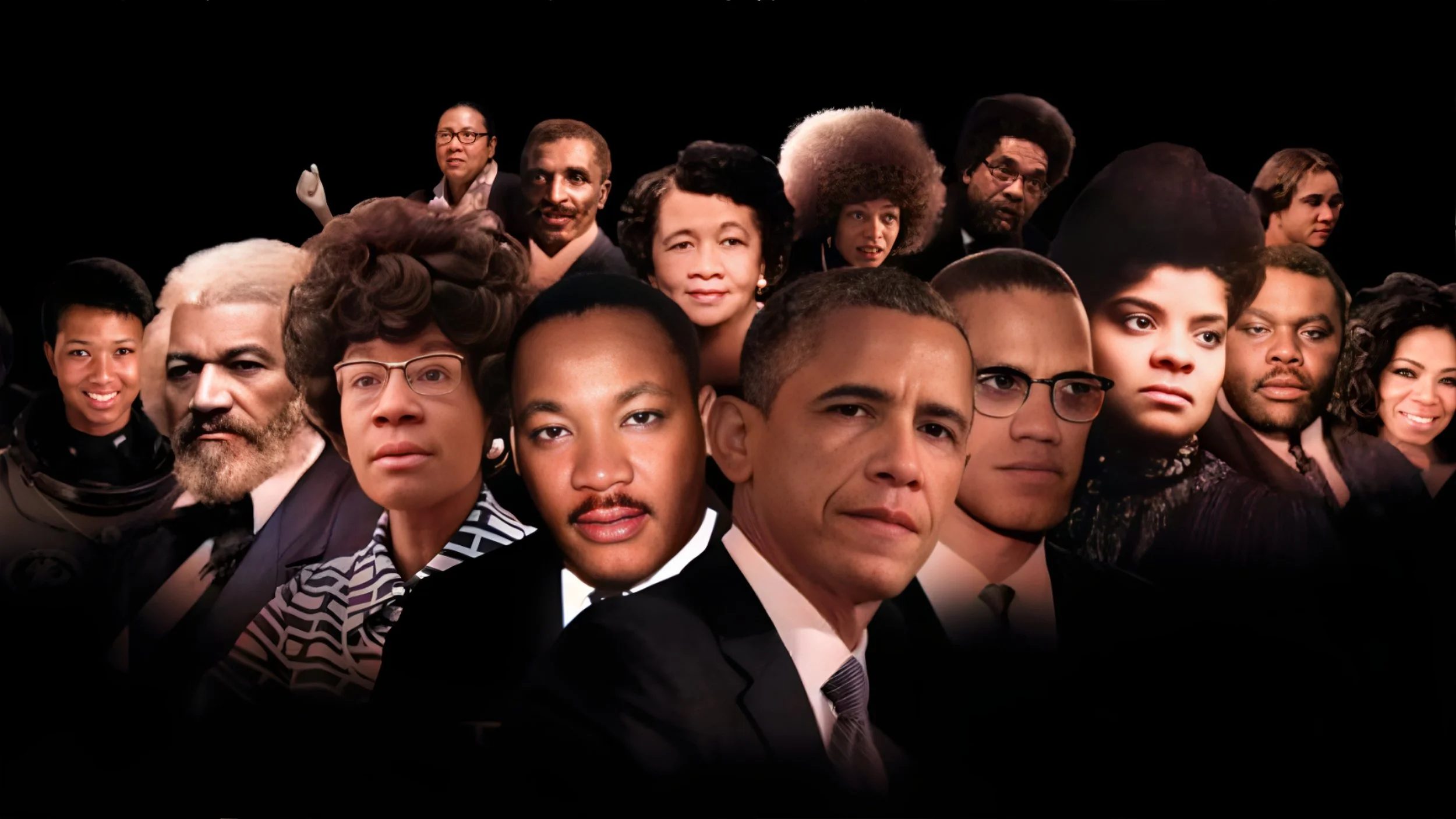
Stories that bring Black history to life
Documentaries, toolkits, kids’ programs, blogs, and podcasts for schools, families, and communities.
Watch My TEDx Talk:
The Power of Untold Stories
Weekly themes
Topics that spark curiosity and connect history to today.
Supplies you own
Simple tools like crayons, journals, or guides—no extras required
Age-level learning
Programs designed for K–8 kids, high schoolers, educators, communities, and lifelong learners.
Learning that builds confidence and connection
Through stories, projects, and cultural history, our programs help kids, families, and communities discover pride in who they are and where they come from.
The Tellers Untold Podcast
Conversations and stories exploring Black history, race, and culture.
Available on Apple Podcasts & more.

Explore history. Discover resources. Inspire change.
.



